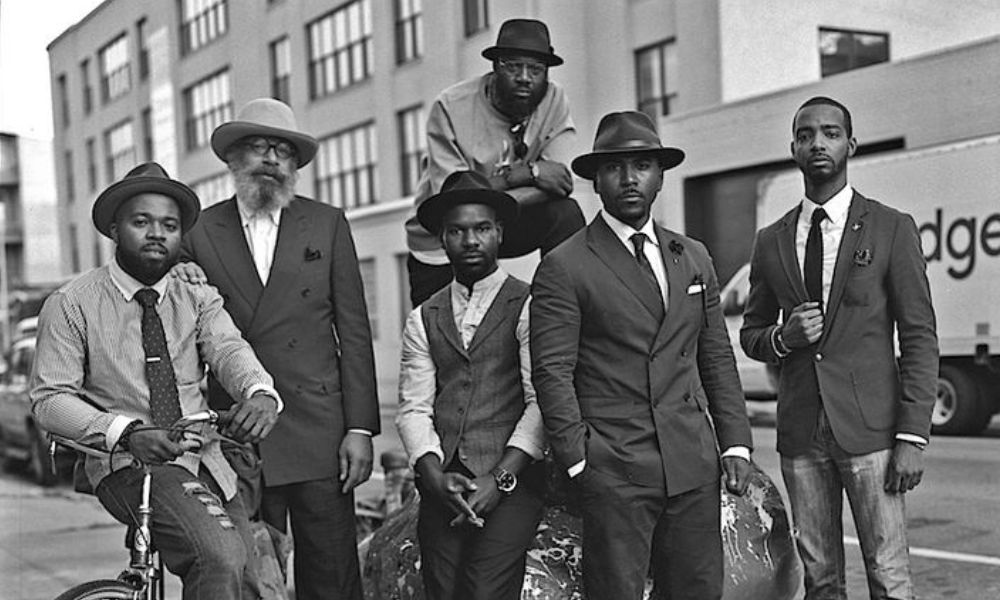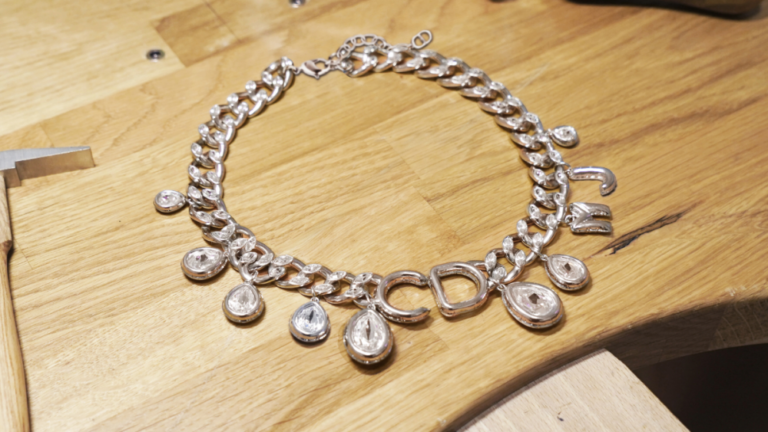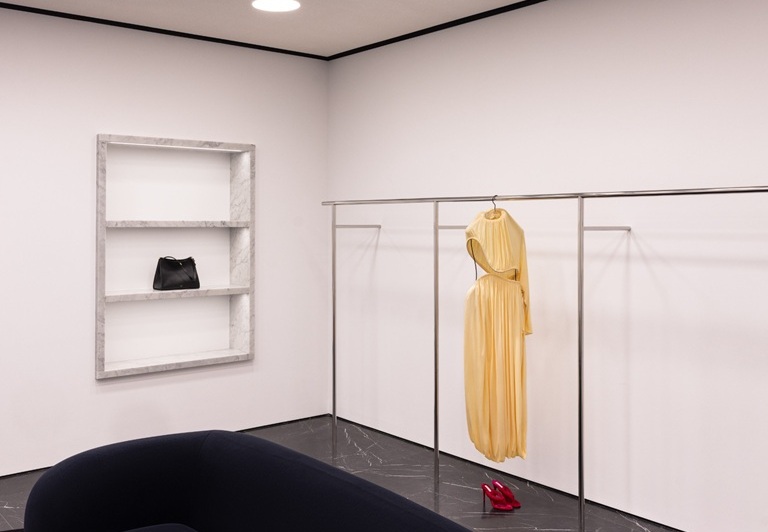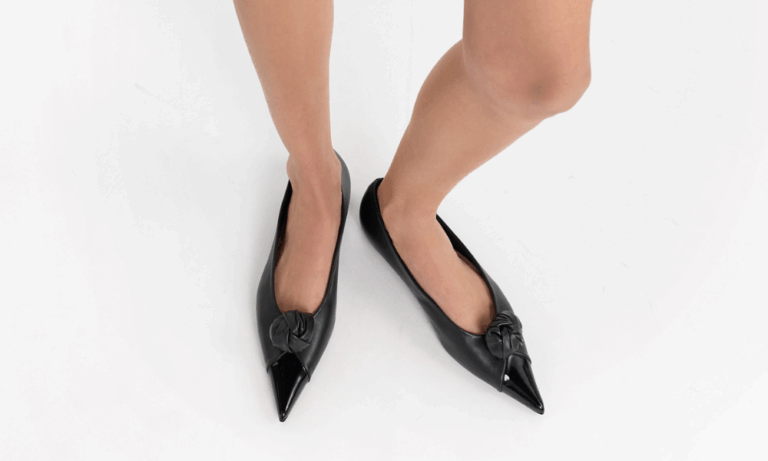The Met Gala remains fashion’s most important night, a collision of art, celebrity, and couture on the grandest scale. Every year, the Costume Institute at the Metropolitan Museum of Art announces a theme, setting the tone for months of speculation, imagination, and, ultimately, a red carpet that has become an international spectacle. For 2025, the theme is “Dandyism: The Art of Refinement.” This year’s concept draws significant inspiration from Monica L. Miller’s 2009 book, Slaves to Fashion: Black Dandyism and the Styling of Black Diasporic Identity, a foundational text that reshaped how we understand the link between fashion, Black identity, and cultural power.
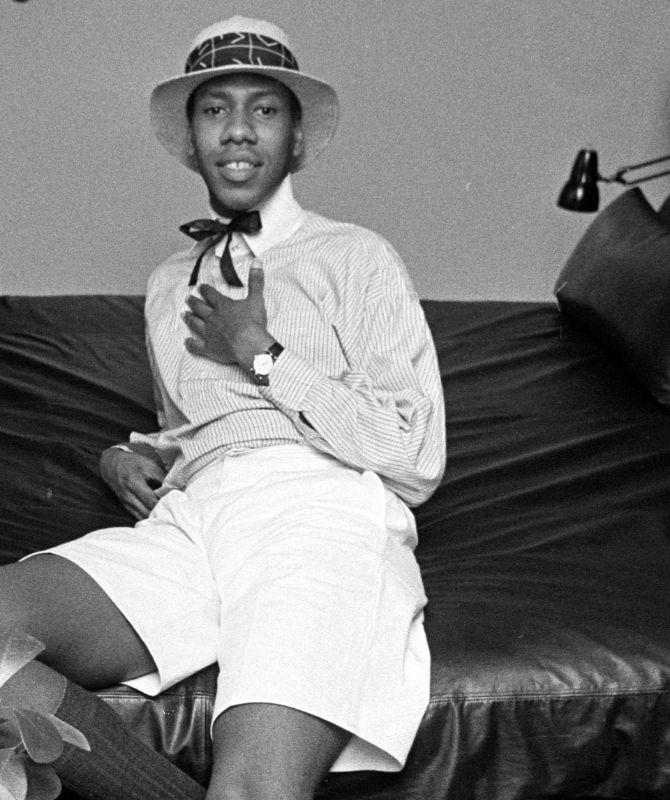
The theme strikes a deliberate balance between the polished sophistication of traditional dandy aesthetics and the rich, complex history of Black cultural expression. It highlights a critical intersection where elegance meets resistance, where Black Dandyism claims its rightful place in the narrative of style history. This year’s concept demands precision, wit, and razor-sharp attention to detail. It shifts the conversation from excess to control, from volume to form, and from noise to strategy.
But what exactly is dandyism?
Dandyism represents a renaissance in menswear, defined by Black men who pushed beyond convention to make bold, personal statements through style. Monica L. Miller’s research traces the lineage from the earliest Black dandies to the vibrant, evolving expressions of the subculture seen today. Her work shows how clothing becomes not only a tool for self-expression but a method of reworking narratives around race, respectability, and freedom.
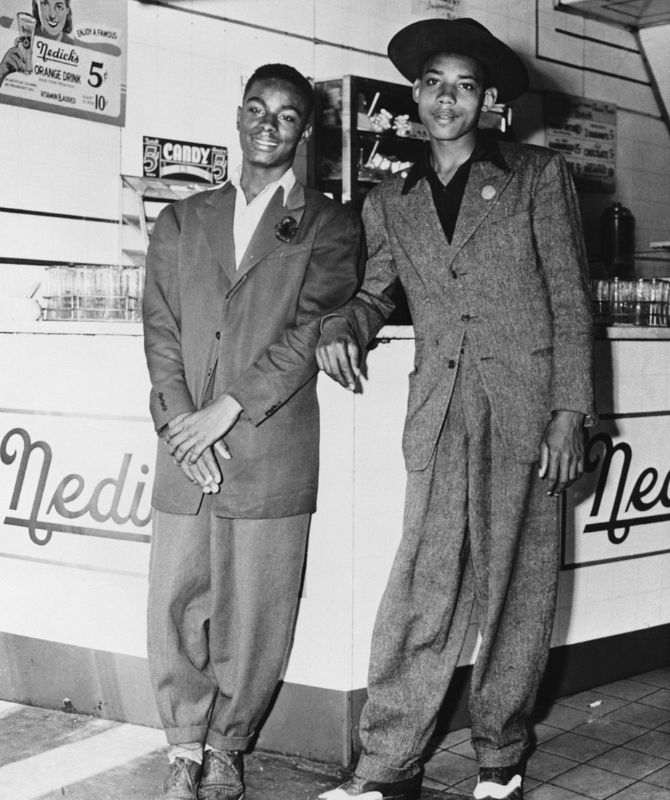
Dandyism in dress is less about decoration and more about discipline. It favors crisp, carefully tailored suits, rich but understated fabrics, and a relentless attention to detail. The true dandy doesn’t chase trends or flamboyance; instead, style becomes a controlled performance of elegance.
Black dandyism took the disciplined elegance of traditional dandy style and reimagined it with boldness, creativity, and cultural pride. While rooted in impeccable tailoring and refined silhouettes, Black dandies often embraced vibrant colors, luxurious fabrics, ornate detailing, and a fearless approach to personal style. Dressing sharply was not simply about following European standards of elegance — it was about reshaping them. Through clothing, Black men asserted visibility, dignity, and individuality in societies that sought to marginalize them. Their style was both a celebration of Black identity and a deliberate challenge to the narrow, often stereotypical, images imposed upon them. In the hands of the Black dandy, fashion became an instrument of power, resistance, and self-mastery.
Dandyism sits at the intersection of fashion, politics, and personal autonomy. It’s a strategy for visibility, respect, and self-definition carved out against a backdrop of historical erasure and stereotype. The 2025 Met Gala will be a moment where these conversations come into full focus. It will not simply showcase opulent tailoring or extravagant styling but rather will honor the quiet rebellion, cultural pride, and self-mastery that have always defined true dandyism. Dandyism is essentially about control over one’s body, one’s image, and, ultimately, one’s narrative.

For the Met Gala’s attendees, this theme is both an opportunity and a serious challenge. Expect immaculate tailoring, rich but restrained fabrics, and subtle references to historical silhouettes reimagined for a contemporary audience.
ALSO READ: GENTLE MONSTER CRAFTS AN EYEWEAR SPECTACLE FOR K-POP STAR G-DRAGON.
